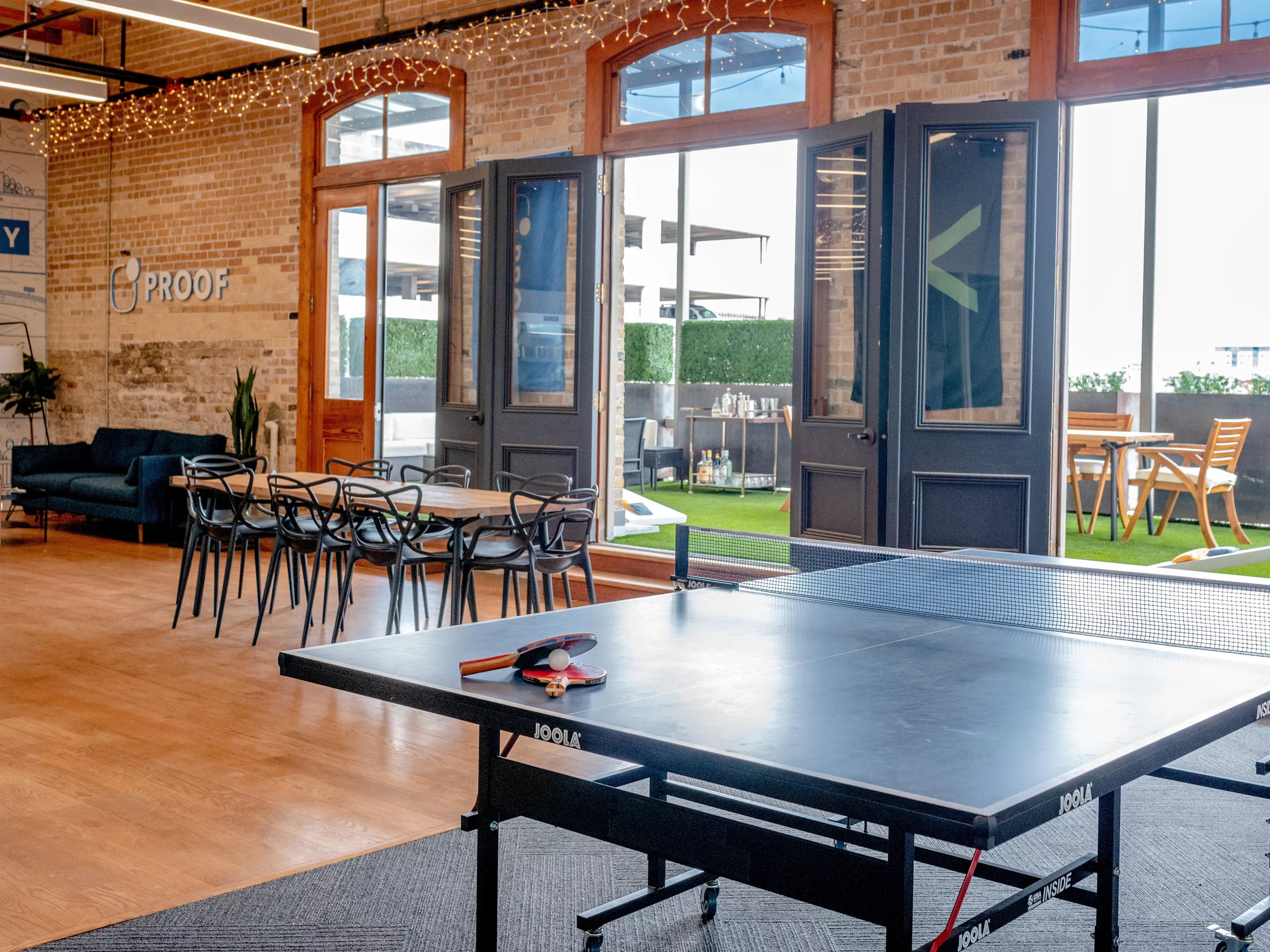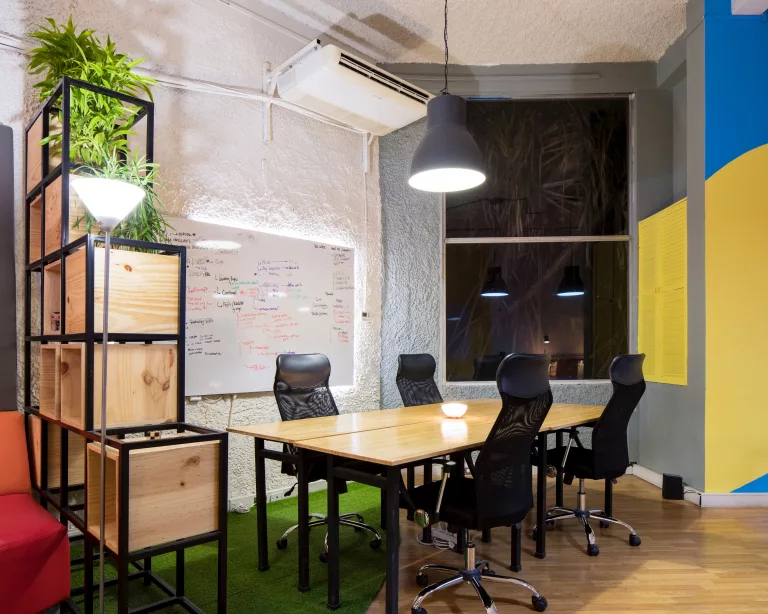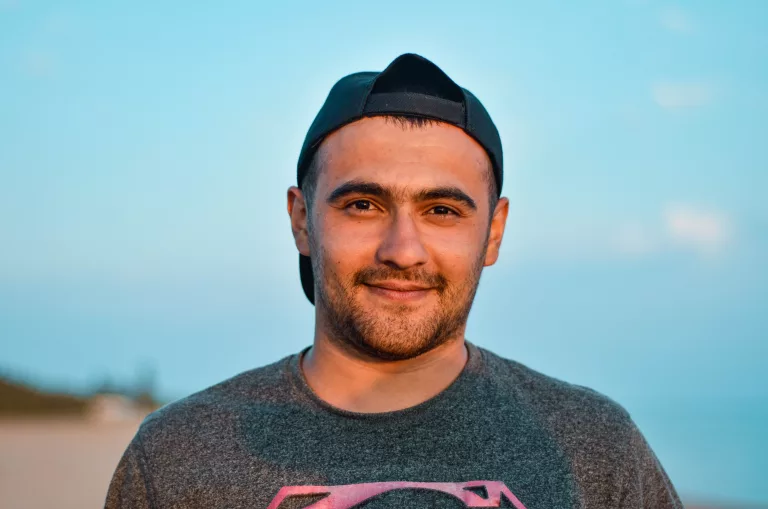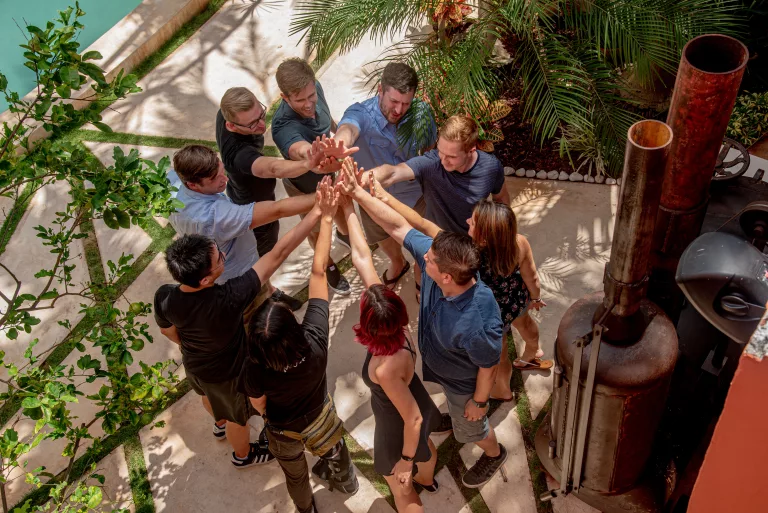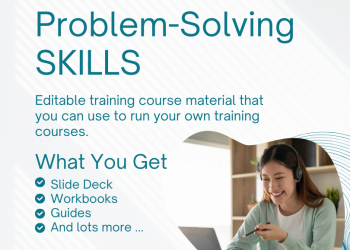The “Genie in a Bottle” retrospective is a unique and innovative approach to retrospectives that encourages teams to think outside the box and explore new possibilities.
This guide will provide a comprehensive overview of the “Genie in a Bottle” retrospective, its features, benefits, best practices, and examples of its use in small teams.
Definition of the “Genie in a Bottle” Retrospective
The “Genie in a Bottle” retrospective is a team-based activity that encourages participants to imagine they have found a genie who can grant them three wishes to improve their project or workflow. This imaginative scenario promotes open dialogue, creative problem-solving, and a focus on improvement.
Background Overview
The “Genie in a Bottle” retrospective has been used in various team settings, from software development to marketing, to encourage creative thinking and problem-solving.
It is particularly effective in situations where teams face complex challenges and need to think creatively to find solutions.
Highlight Features
The “Genie in a Bottle” retrospective is characterized by its imaginative scenario, focus on improvement, and encouragement of open dialogue. It is best used when teams face complex challenges and must think creatively to find solutions.
The retrospective encourages participants to think about what they would change without limitations, which can lead to innovative ideas and solutions.
Summary of Benefits
The “Genie in a Bottle” retrospective offers several benefits. It encourages creative thinking and problem-solving, promotes open dialogue and collaboration, and focuses on improvement.
It can also help to identify underlying issues or challenges that may not have been previously considered.
10 Ways “Genie in a Bottle” Retrospective is Different from Other Retrospectives
- It uses an imaginative scenario to encourage creative thinking.
- It focuses on what could be improved rather than what went wrong.
- It encourages participants to think without limitations.
- It promotes open dialogue and collaboration.
- It can help to identify underlying issues or challenges.
- It is not limited to specific industries or types of teams.
- It can be used in various settings, from small teams to large organizations.
- It encourages a positive and forward-thinking mindset.
- It can lead to innovative ideas and solutions.
- It is a fun and engaging way to conduct a retrospective.
10 Best Practices Specific to the “Genie in a Bottle” Retrospective
- Encourage participants to think without limitations.
- Promote open dialogue and collaboration.
- Focus on improvement rather than blame.
- Use the imaginative scenario to spark creative thinking.
- Be open to innovative ideas and solutions.
- Use the retrospective to identify underlying issues or challenges.
- Encourage a positive and forward-thinking mindset.
- Be flexible and adaptable in the use of the retrospective.
- Use the retrospective as a tool for continuous improvement.
- Make the retrospective a regular part of your team’s workflow.
8 Examples of Using the “Genie in a Bottle” Retrospective in Small Teams
- A software development team used the retrospective to identify ways to improve their coding practices.
- A marketing team used the retrospective to brainstorm innovative marketing strategies.
- A project management team used the retrospective to identify potential improvements in their project management processes.
- A design team used the retrospective to explore new design concepts and ideas.
- A customer service team used the retrospective to identify ways to improve customer satisfaction.
- A sales team used the retrospective to brainstorm new sales strategies and techniques.
- A product development team used the retrospective to explore potential improvements in their product development process.
- A human resources team used the retrospective to identify ways to improve employee satisfaction and engagement.
Learn more about retrospectives:
With 30+ years of training experience, I founded Oak Innovation (oakinnovation.com) in 1995. I help busy training professionals and business managers deliver better training courses in less time by giving them instant access to editable training course material. I received my Bachelor’s and Master’s degrees from University College Cork. I hold qualifications in Professional Development And Training from University College Galway. Clients include Apple, Time Warner, and Harvard University.

